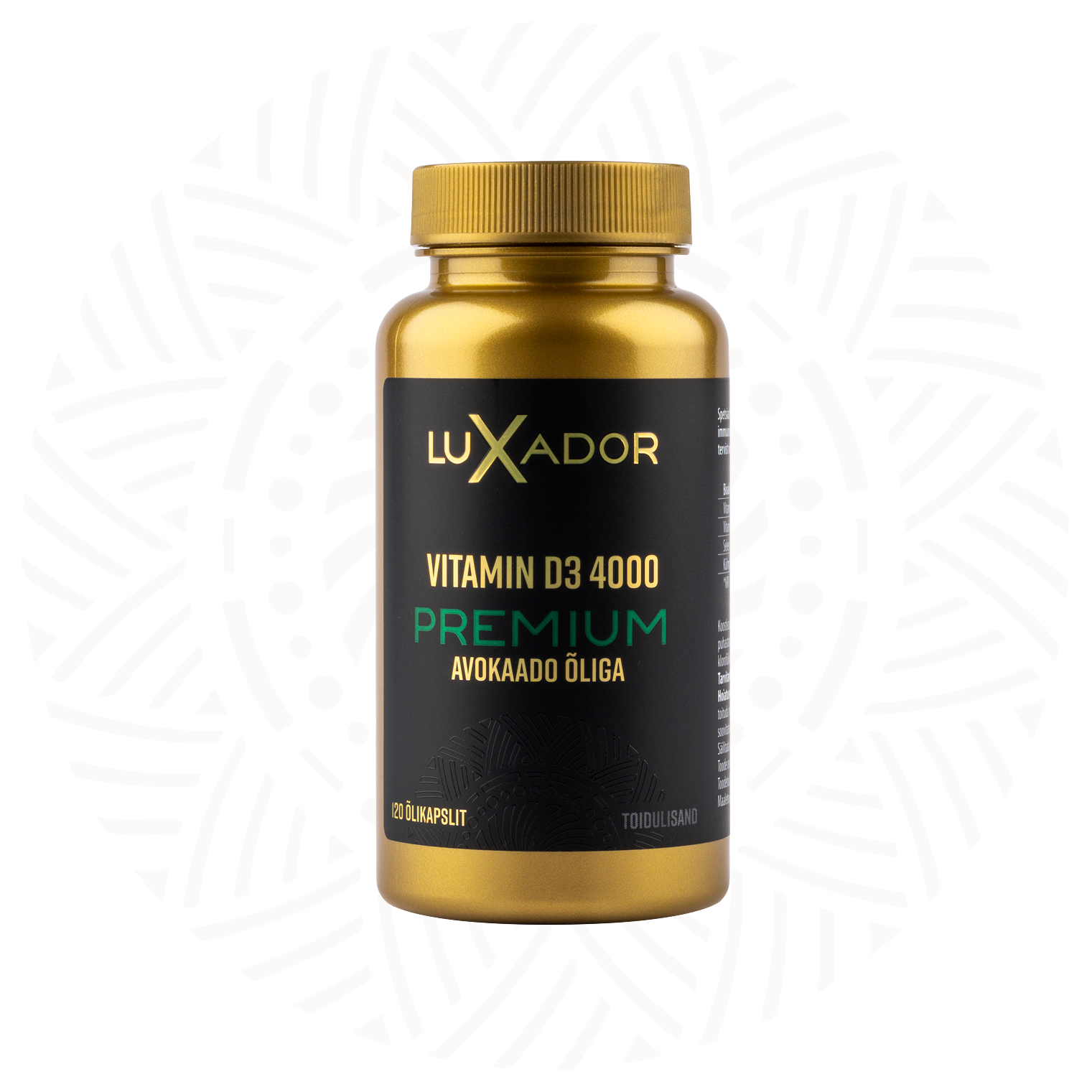Vitamin D is primarily associated with calcium metabolism in the body, but there is increasing evidence that its role in our lives is much greater.
Direct links between vitamin D and infectious diseases
With today’s fast-paced lifestyle and the widespread occurrence of infectious diseases, there is growing discussion about strengthening the immune system. In addition to dietary and lifestyle recommendations and vaccinations, we must not forget about vitamin D and its crucial role in immunity.
The effect of vitamin D on infections and the immune system has been known for a long time. The immune-boosting properties of vitamin D were first observed by Danish scientist Niels Ryberg Finsen, who noted that tuberculosis patients exposed to sunlight experienced remarkable regression of skin lesions. However, it wasn’t until 1928 that it became clear that exposure to sunlight led to the production of vitamin D precursors (including in the skin). For this discovery, German professor Adolf Windaus was awarded the Nobel Prize that same year.
Regularity is important
In 2017, a randomized clinical study published in the British Medical Journal (Martineau R et al, BMJ 2017) confirmed that a vitamin D level of at least 95 nmol/L reduces the risk of upper respiratory tract infections by up to three times. It is important to note that the greatest effect is seen with regular vitamin D intake rather than large single doses.
The role of vitamin D in enhancing immune function lies in its ability to promote the production of a protein called cathelicidin in macrophages, which is essential for attacking pathogens. Macrophages are phagocytic cells that play a crucial role in the body’s immune defense. Their function is to remove dead cells from healing tissues and to attack microbes and viruses, thereby protecting the body from external invaders.
Vitamin D and allergies
To enhance macrophage efficiency in attacking pathogens and thereby strengthen innate immunity, the body requires a significant amount of cathelicidin, a low-molecular-weight antimicrobial protein.
The more cathelicidin is present in macrophages, the more effectively they can engulf various pathogens. However, sufficient levels of vitamin D are required for cathelicidin production.
It is particularly important for individuals with allergies to monitor their vitamin D levels, as allergies indicate a weakened immune system and further compromise immunity, increasing susceptibility to infections.
Vitamin D depletes quickly
A common myth is that once the desired vitamin D level in the blood is achieved, supplementation can be discontinued. However, vitamin D levels drop rapidly when the midsummer sun is no longer shining directly overhead. By autumn, the levels measured in summer may have decreased to just one-third. This is likely one of the reasons why upper respiratory tract infections are highly prevalent in our latitudes during winter and early spring.
To maintain optimal vitamin D levels and strengthen the body’s resistance, it is essential to take vitamin D year-round in our geographic region. Doing so significantly reduces the risk of viral infections.












